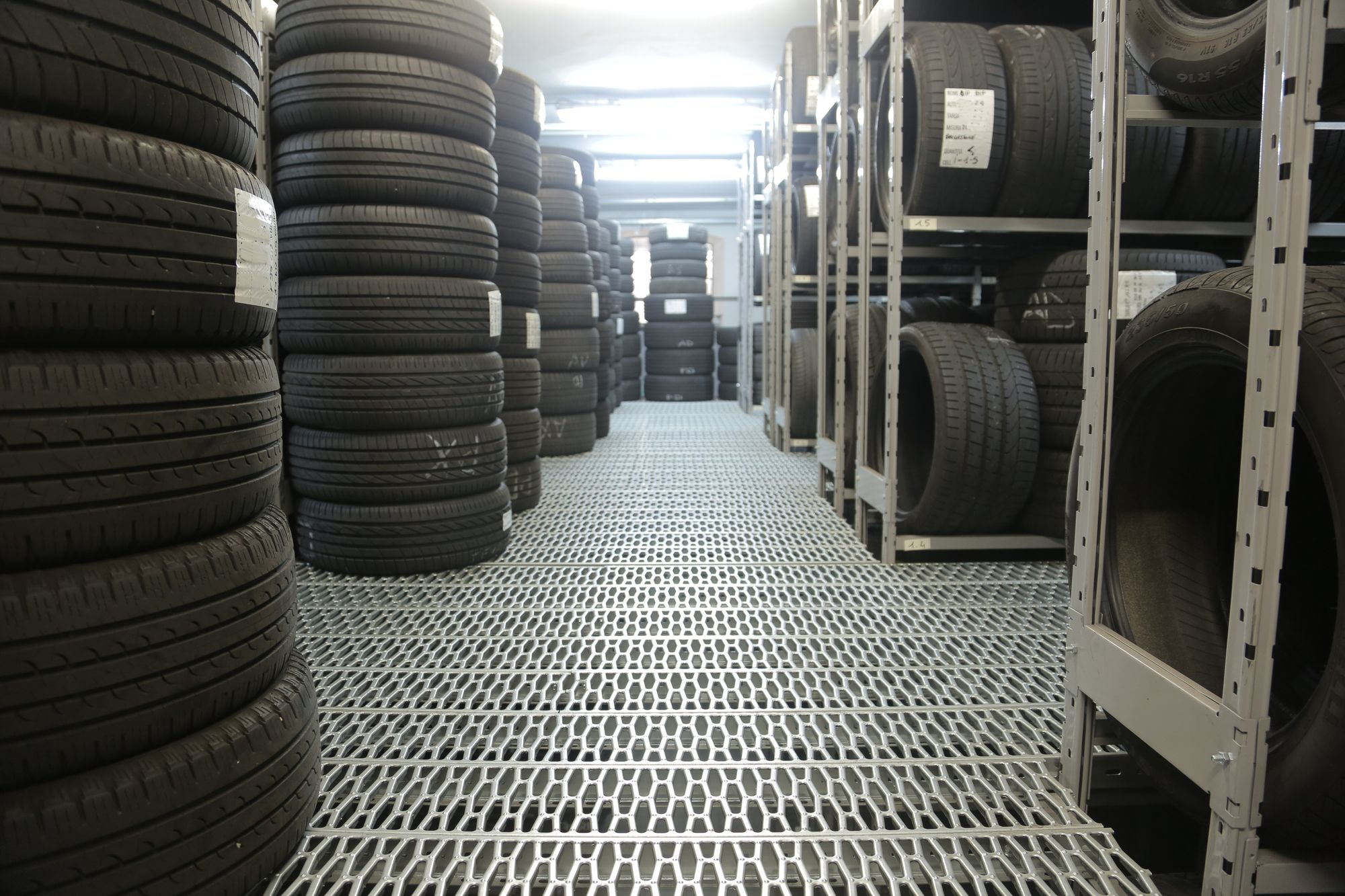Formula One - why are companies investing in them? | Pints Insights

Formula One - or F1 as it is more commonly known - is one of the most popular and prestigious forms of motorsport in the world. Its high-octane racing and expensive cars make for a captivating spectacle, which is why big businesses are increasingly investing in teams. But what is behind this interest? And is it just a valuable marketing tool? In this blog post, we will take a closer look at these questions.
First instinct: Branding?
With a viewership of over 500 million people all over the world, Formula 1 offers a unique opportunity to reach this huge audience. There are multiple ways to get involved in Formula 1 sponsorship, from sponsoring a team or driver to investing in trackside advertising. Formula 1 sponsorships offer a high return on investment, with excellent brand visibility and exposure to a highly engaged audience. So for example, Singapore Airlines chose to invest or sponsor in this case, the event to help increase its brand awareness and visibility to both physical viewers and those watching from home.
One of the reasons why formula 1 is so attractive to sponsors is that it is often associated with words such as "speed", "luxury" and "innovative". These are all qualities that brands look for when they are trying to position themselves in the market. By sponsoring a formula 1 team or driver, brands can tap into this desirable audience and boost their own image. In turn, this can leads to sales. Formula 1 provides an excellent platform for branding and investment, and it is no wonder that so many companies are eager to get involved.
An Innovation Opportunity For Real World Applications
Many of the innovations, new materials and technologies discovered in motor sports often find their way into today’s modern cars. These range from lightweight carbon fiber to hybrid engines. Formula One has often been called the fastest R&D lab in the world, and for good reason. The ultra-competitive landscape and resources racing teams have at their disposal lend themselves well to innovation. In fact, it is not uncommon for Formula One teams to invest millions of dollars into research and development each year. As a result, they are able to produce some of the most technologically advanced cars in the world. And while not all of these innovations make their way into production cars, many of them do, making Formula One an important source of automotive innovation.
Carbon fiber
McLaren was the first to introduce a carbon fiber chassis in F1 with its MP4/1 chassis in 1981. This innovation allowed for a drastic reduction in weight, and also resulted in increased strength and stiffness. The use of carbon fiber in formula 1 quickly caught on, and today it is considered an essential material for race cars. McLaren's investment in carbon fiber technology also led to the development of the world's first series production road car to use a carbon fiber chassis. The Mercedes-Benz SLR McLaren was introduced in 2003, and featured a chassis made entirely of carbon fiber. This car set a new standard for performance and luxury, and demonstrated the potential of carbon fiber to revolutionise the automotive industry. Thanks to McLaren's pioneering work, carbon fiber is now widely used in both racing and road cars.

Medical Care
As the world grapples with the ongoing coronavirus pandemic, one of the key challenges has been how to provide enough ventilators for those who need them. In response, the UK government issued a call to businesses to help increase production. Among those who answered the call was McLaren Group, best known for its Formula 1 team.Working as part of the VentilatorChallengeUK consortium, McLaren applied its expertise in innovation and engineering to help design and build a new type of ventilator. In just six weeks, the team went from concept to delivery, and more than 1,000 units have already been deployed to hospitals around the country. The project is a perfect example of how Formula 1 can be used for good beyond the racetrack, and it highlights McLaren's commitment to invest in projects that can have a positive impact on society.

Energy Saving
Over the past few decades, formula 1 racing has become increasingly popular and competitive. As a result, teams have been forced to innovate in order to gain an edge over their rivals. This has led to the development of new technologies that have subsequently found their way into the wider world. One example is aerofoils, which are now being used on supermarket refrigerators. These aerofoils help to reduce the amount of cold air that is lost from the units, resulting in lower energy use and fewer carbon emissions. As a result of this innovation, formula 1 racing is not only providing entertainment for millions of fans around the world, but it is also helping to drive progress in other areas.

Grooved Tyres
Formula 1 cars are known for their speed and agility, and part of what makes them so fast is the grip they get from their tires. To get the most traction possible, F1 teams came up with the idea of putting grooves in the tires. These grooves help to prevent the cars from slipping, and as a result, formula 1 cars can take corners at much higher speeds. Nowadays, you'll see these grooves on almost all tires, not just formula 1 cars. That's because the benefits of this innovation have been proven time and time again, and even non-racing vehicles can benefit from better traction. So next time you're driving, take a look at your tires and think about the innovative minds behind them. Thank formula 1 for helping to keep you safe on the road!

Operation Efficiency
Many people are familiar with the speed and excitement of formula 1 racing, but what they may not know is that the same high-tech strategies that are used to win races are also being used to improve manufacturing efficiency. McLaren, one of the world's leading formula 1 teams, has partnered with GlaxoSmithKline (GSK), a major pharmaceutical company, to help them double their efficiency in producing toothpaste. Using McLaren's pit stop strategies, GSK has been able to minimise downtime when switching from one product to another. In addition, they have also worked on improving safety and quality in the process. As a result of this partnership, GSK has been able to produce an extra 6.7 million tubes of toothpaste each year. This is just one example of how formula 1 Teams are using their knowledge and expertise to innovate and invest in other industries.
There are plenty of reasons why companies are investing in Formula One these days. From its global reach to its valuable media platform, there are plenty of opportunities for businesses to benefit from being involved in the sport. And with its fans being high-spenders, it's the perfect way to reach out to new customers and grow your brand. But more importantly, it’s the investment in innovation that the race can bring to the table. For the team, the community and the world.
Read more: Investing in FAANG Stocks: The Good, The Bad and The Gory Details